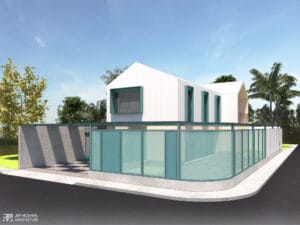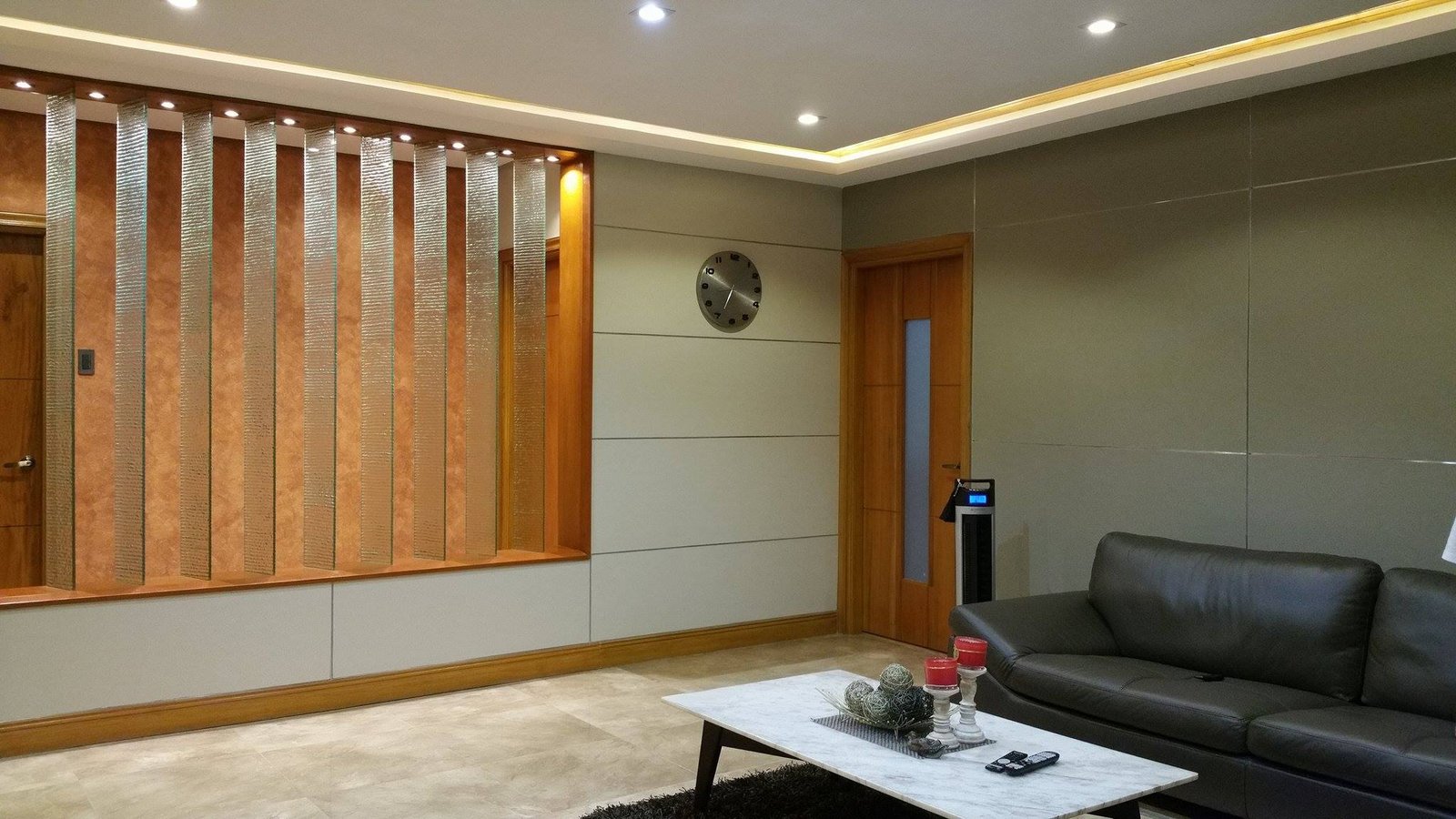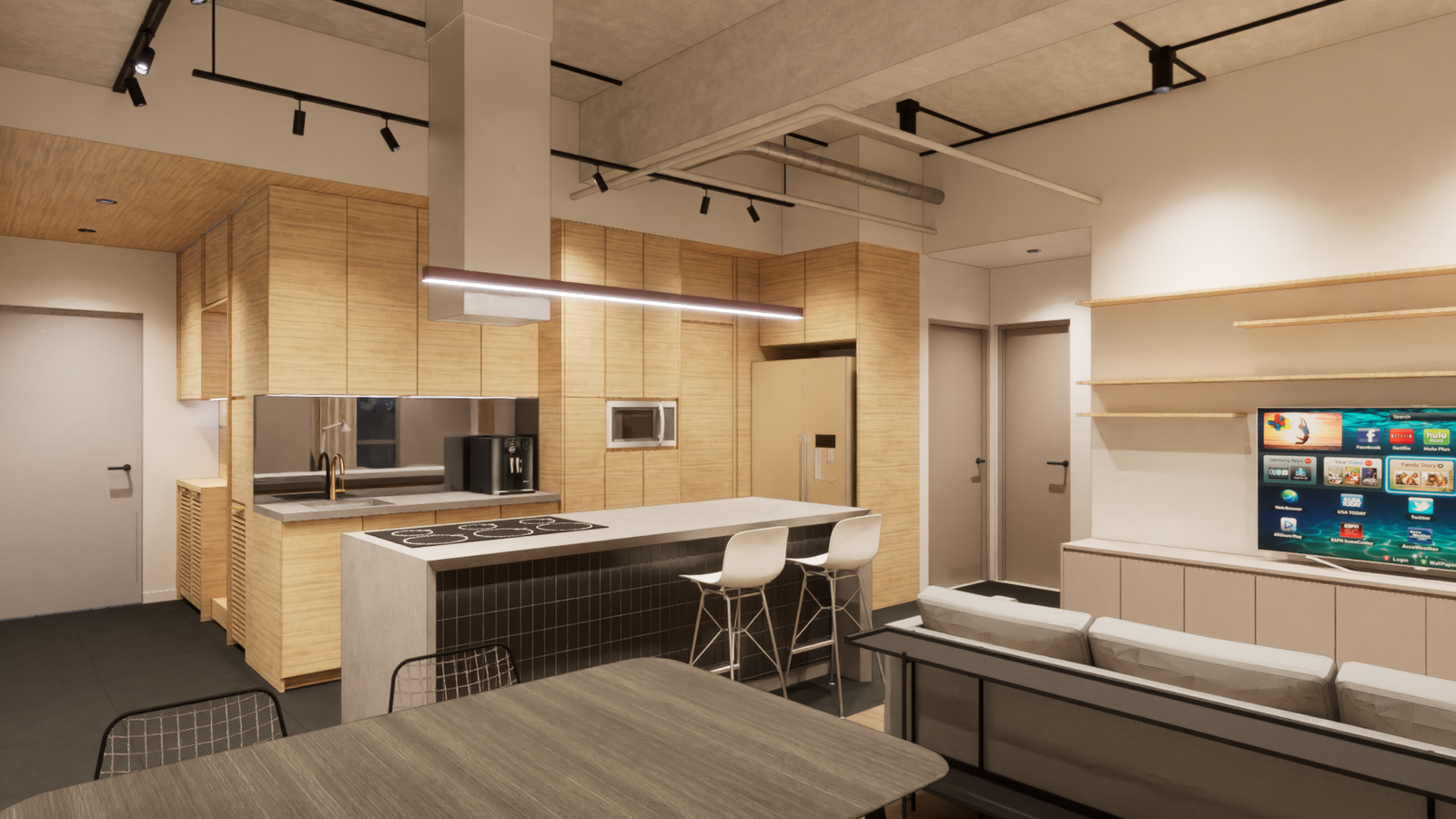Let’s get this straight, an architect is trained in the practice of Architecture and is responsible for the design of a project & making sure it gets build according to the contract documents he or she produced. More on that here in this article I’ve written. Thus, there are some things an architect you’ve hired typically won’t do in line with his regular architectural design service. Here they are:
1. Draftsmanship: there are cases when a client wants an architect to simply draft everything that he has imagined without any technical or professional input from the architect. Simply put, the client just needs an architect’s signatory to be able to submit to regulatory bodies. This is fundamentally a hollow practice of architecture and does harm to all parties involved.
Scenarios like this present a major red flag for architects because not only are clients doing themselves a big disservice by losing out on a lot of potential for their projects, but also create a negative impact on the overall physical built environment with poorly designed or non-compliant structures along with a negative judgment for the building sector’s professionals.
2. Construction: Architects do not do construction when practicing architecture in most cases. Oftentimes, people do not really know what architects do and they instinctively mistake architects to be the same as engineers and contractors, lumping them together into a do-it-all jack of all trades. This is a misconception and a miscommunication on the part of the media & the construction industry too, so we are trying to spread the real information out there. In some cases, architects may be able to do construction, via the “design & build service” approach. In this scenario, the architect provides this service by being be a partner with a contractor or part of a design-build entity. Another manner is when the architect him/herself is a state-licensed contractor.
3. Detailed Engineering: While most architects have a broad understanding of structural, mechanical, electrical and other building systems, the detailed engineering design is usually done by specialized engineers well-versed in those corresponding fields. An architect usually has a team of engineering consultants who design these components as part of an overall package.
4. Permits and Approvals: While architects help prepare the necessary documentation for building permits, obtaining the actual permits and approvals from local authorities is typically the responsibility of the client or contractor.
5. Daily Supervision of Construction: Generally, architects visit the construction site at regular intervals to ensure the design is being followed. This schedule is also dependent upon the agreement between architect & owner, but the day-to-day supervision and management of construction activities are the responsibilities primarily of the general contractor, then secondarily the project manager or construction manager as overseers of the owner.
6. Cost Estimation and Budget Management: Although architects can provide preliminary cost estimates and help control costs through efficient design, detailed cost estimation and accurate budget management are typically handled by other professionals trained in quantity surveying.
7. Marketing and Sales: The practice of Architecture does not involve the marketing or sales of the property. This is typically managed by real estate agents or marketing professionals. Architects may sometimes produce plans & drawings that are similar in nature to marketing productions, but these are chiefly for conveying the architect’s concepts & ideas to the client and marketing it to them for approval of the design.
8. Compliance Monitoring: Although architects design to meet building codes and regulations, ongoing compliance monitoring, such as safety inspections and audits during construction, is often performed by regulatory bodies, safety engineers or independent inspectors.
9. Interior Design: Architects can design the overall spatial layout and structure of a building but they often do not handle the finer details of the interior spaces, such as the interior detailing, furniture, color schemes & furnishings. This is typically the role of an interior designer. However in some cases, clients who want their architect to expand their vision & design ethos into the interiors can additionally tasked them with doing “Architectural interiors or Interior Architecture”.
10. Furniture & Furnishing: While architects can design spaces for optimal furniture arrangement, the actual procurement and positioning of furniture & furnishing are usually managed by furniture suppliers or interior designers.
11. Legal Services: Architects are not lawyers and do not provide legal advice regarding zoning laws, building codes, or contracts, although they must be familiar with these regulations.
12. Facility Management: After the building is constructed and occupied, ongoing management and maintenance of the facility are usually handled by property managers or facility management professionals with Facility Management background, not the architect.
13. Client’s Business Operations: Architects do not get involved in the client’s business operations or strategies, except where it might affect the design and functionality of the building. Architects take note of the operating needs of the client and design around these requirements.
14. Specialized Technical Installations: Specialized installations such as laboratory equipment, custom industrial machinery, or technical building systems are not designed but only considered by architects in their designs. An architect may be able to refer specialists for these specialty items and if not, they are predominantly brought on board by the owner during the design stages to ensure proper coordination between the architectural plans and specialty requirements. It is very important that they are not brought in after construction.
15. Real Estate Development: Architects are not developers. They do not purchase land for development or manage real estate development projects as a whole. Developers or real estate investors handle these aspects.










Customizable options, great design.
There is definately a lot to find out about this subject. I like all the points you made
very informative articles or reviews at this time.
Love the tone and vibe of the brand.
For the reason that the admin of this site is working, no uncertainty very quickly it will be renowned, due to its quality contents.
Very well presented. Every quote was awesome and thanks for sharing the content. Keep sharing and keep motivating others.
I truly appreciate your technique of writing a blog. I added it to my bookmark site list and will
Awesome! This is a genuinely remarkable post. I got a clear idea from it.
Simply outstanding. You’ve explained a complex topic in a way that is both easy to comprehend and deeply insightful, making it accessible to everyone. You’ve certainly gained a new subscriber and a dedicated reader today!
You’re awesome! Never read anything like this. So good to find original thoughts. Thanks for starting this.
I’ve already added this to my permanent collection! There’s so much rich information to process and apply here, especially the practical guidance you’ve provided. I know I’ll be revisiting this article repeatedly.
Awesome! Its genuinely remarkable post, I have got much clear idea regarding from this post
Sitenizin tasarımı da içerikleriniz de harika, özellikle içerikleri adım adım görsellerle desteklemeniz çok başarılı emeğinize sağlık.
Hocam Ellerinize Saglık Güzel Makale Olmuş Detaylı
Awesome! Its genuinely remarkable post, I have got much clear idea regarding from this post